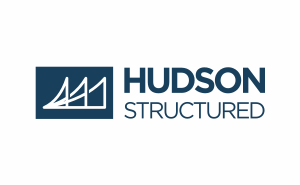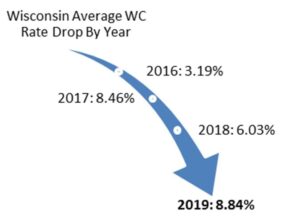Upfront trapped capital solution can elevate ILS investor interest: PwC’s Britten

The insurance-linked securities (ILS) market needs efficient trapped capital solutions to provide greater certainty and understanding of capital flows and velocity in the space, with the absence of such solutions seen as a potential barrier to reigniting interest in the private and collateralized reinsurance side of the market.
This is according to comments made by Matt Britten, Partner at PwC Bermuda in the firm’s recent Global Insurance Run-off Survey report.
That report highlighted that global non-life run-off reserves are estimated to have reached above $1 trillion for the first time, as the legacy and run-off sector continues to expand in size and importance to the global insurance and reinsurance industry.
But little in the way of reserves are being offloaded by players in the insurance-linked securities (ILS) market, despite reserves being trapped and in some cases creating a drag on ILS fund investment portfolios.
After having experienced a number of years of significant challenges with trapped capital and collateral in the insurance-linked securities (ILS) market, the ILS sector has worked through many of these and much of the trapped capital has been released, or positions finalised, losses realised and excess capital returned.
Roughly a year ago, the estimates for trapped ILS capital suggested as much as $5 billion to $10 billion of the market’s asset base was still trapped.
The figure has continued to fall, but still for some trapped capital remains a meaningful component of portfolios and also remains a drag on performance.
It should be noted here that a number of dedicated ILS managers have now developed structures within their businesses to negate the issue of trapped capital, through use of fronting, having their own rated reinsurers, and even charging for capital to be held where losses are not yet at the attachment point. So, on a go-forward basis, many ILS managers are not anticipating to face the trapped capital challenges of say 2018 ever again.
But, Britten believes that, if the ILS sector had an upfront solution for trapped capital, it could drive investor interest far higher.
Access to a purpose-built trapped capital solution could be extremely beneficial for the ILS market, as it grows back into collateralized reinsurance and retrocession opportunities.
Britten of PwC explained, “An area of opportunity where there is a requirement for capital relief transactions is in the ILS market.
“From a third-party investor perspective, the opportunity cost of trapped capital has been significant and more so in the current reinsurance and interest rate environment. While solutions for trapped capital are needed, a potential upfront solution has the very real possibility to reverse the recent muted interest in the asset class.
“Trapped capital may well be the barrier needing to be overcome to reignite interest in the asset class and create investor appetite for longer tail classes.”
Britten also noted that legacy and run-off specialist underwriters and managers also have an opportunity here, if they can create a product that fits the ILS market’s needs.
“For legacy players looking for more predictable deal flow, supplying such potential solutions should also be of material interest. With its innovative history coupled with the strength of its ILS and legacy markets, Bermuda is seen as the natural place for these solutions to emerge,” Britten said.
Also commenting in the PwC legacy survey report, Chris Riseborough, Executive Vice President at legacy specialist R&Q Insurance Holdings, noted that there is interest in providing such solutions.
“Trapped collateral for the ILS has been a major headache over the last few years and whilst we believe that the ILS funds have gradually worked through the issues emanating from 2017-2019, there remains a need for ILS funds to have agreed, fully priced and certain legacy exit options when the next round of collateral issues inevitably presents itself,” Riseborough said.
“Legacy, with its casualty heavy balance sheet, can provide forward looking, pre-priced, efficient exit solutions that are structured as options for the investors in these ILS funds to rapidly exit their commitments and redeploy funds at the end of the investment lifecycle.”
The key is in having a solution that can be quickly implemented, or agreed and embedded into ILS strategies in partnership with legacy players.
The ILS managers that negate trapped capital issues through their structures, fronting, or by ensuring extension periods come with a cost for cedents, are already in far better positions to grow back into collateralized reinsurance, retro and private ILS arrangements.
If the legacy market can create a viable solution, which a number have been exploring for some years now, it could help the rest of the ILS market grow back into the collateralized product with greater certainty over and visibility of forward-returns.






